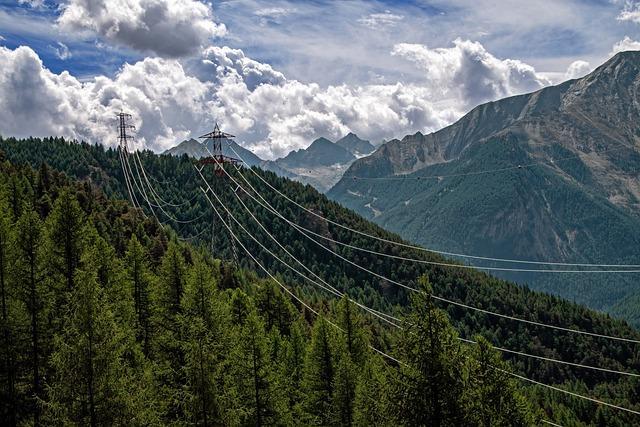Climate change is a pressing issue that requires innovative solutions to mitigate its impacts. One such solution that has gained increasing attention is the strategic use of trees in climate adaptation. Trees have long been recognized for their ability to sequester carbon dioxide and provide numerous environmental benefits. In this article, we will explore the various ways in which trees can be utilized as a crucial tool in adapting to the changing climate.
One of the most effective strategies in climate adaptation is the use of trees. Trees have numerous benefits in enhancing resilience and mitigating climate change, especially through tree planting initiatives. Urban forests play a crucial role in cooling urban areas, reducing heat island effects, and improving air quality. By incorporating tree canopy cover in climate adaptation strategies, cities can effectively combat the impacts of climate change.
Benefits of trees in climate adaptation include:
- Carbon Sequestration: Trees absorb carbon dioxide from the atmosphere, helping to mitigate climate change.
- Temperature Regulation: Tree shade and transpiration help to cool urban areas and reduce the need for artificial cooling.
- Stormwater Management: Trees can absorb and store rainwater, reducing the risk of flooding and erosion.
| City | Tree Canopy Cover (%) |
|---|---|
| New York City | 24% |
| Los Angeles | 21% |
| Chicago | 17% |
Q&A
Q: What is the role of trees in climate adaptation?
A: Trees play a crucial role in climate adaptation by providing various ecosystem services such as carbon sequestration, temperature regulation, and stormwater management.
Q: How do trees help mitigate the impacts of climate change?
A: Trees absorb carbon dioxide from the atmosphere, helping to reduce greenhouse gas emissions and combat global warming. They also provide shade and cooling effects, which can help mitigate the urban heat island effect in cities.
Q: What are some strategies for using trees in climate adaptation?
A: Some strategies for using trees in climate adaptation include planting native tree species that are well-adapted to local climate conditions, protecting and restoring existing forests, and integrating trees into urban planning and green infrastructure projects.
Q: How can individuals contribute to tree-based climate adaptation efforts?
A: Individuals can contribute to tree-based climate adaptation efforts by planting trees in their own communities, supporting reforestation and afforestation projects, and advocating for policies that prioritize the protection and restoration of forests.
Q: What are the potential benefits of utilizing trees in climate adaptation?
A: The potential benefits of utilizing trees in climate adaptation include improved air and water quality, enhanced biodiversity, increased resilience to extreme weather events, and enhanced quality of life for communities.
Conclusion
In conclusion, trees play a crucial role in climate adaptation efforts, serving as natural solutions to combat the impacts of climate change. By planting and protecting trees, we can help mitigate the effects of extreme weather events, regulate temperatures, promote biodiversity, and improve air quality. It is important for individuals, communities, and governments to prioritize tree preservation and planting initiatives as a key strategy in building resilience in the face of a changing climate. Together, we can harness the power of trees to create a more sustainable and adaptable future for generations to come.
Simpsons Tree Services, Servicing Melbourne’s North Eastern Suburbs
Book a quote online at www.simpsonstrees.com.au




